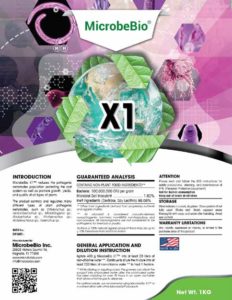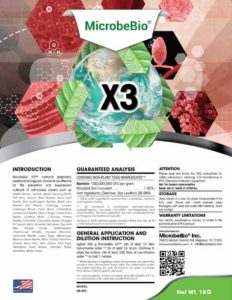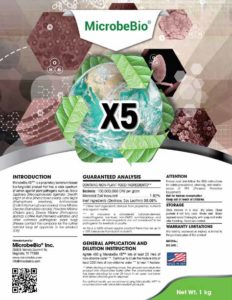How to farm and protect Prickly pear with Microbebio
Prickly pear, also known as Opuntia, is a type of cactus that can be grown as a fruit crop. Here are some general guidelines for farming prickly pear, including fertilizer needs and nutrient value:
- Soil and Climate: Prickly pear grows best in well-drained, sandy, or loamy soil. It requires warm temperatures and can tolerate drought conditions.
- Planting: Plant prickly pear cuttings in spring or summer in rows spaced about 6 feet apart. The cuttings should be planted about 1-2 feet deep, with the top exposed.
- Fertilizer: Prickly pear does not require high levels of fertilization. However, a balanced fertilizer, Microbebio Rhizo Activator 50 kg Fertilizer should be applied about 6 inches away from the plant stem plus 500 ml Microbebio Foliar and 5 kg Microbebio Nature Vigor, dilute into 200l of water and folier spray can be applied twice or three times a year during the growing season.
- Nutrient value: Prickly pear fruit is low in calories and high in fiber, vitamin C, and antioxidants. It also contains other nutrients such as calcium, magnesium, potassium, and iron. Prickly pear pads (nopales) are also edible and are a good source of fiber, vitamins, and minerals.
Here are some common issues that can affect Prickly pear plants:
- Pests: Common pests that can attack Prickly pear include scale insects, mealybugs, aphids, spider mites, and thrips. These pests can cause damage to the plant, such as leaf distortion, yellowing, and stunted growth. This can be controlled with Microbebio X3 100mg every three months for prevention or 500 mg when plants are affected.
- Diseases: Some common diseases that can affect Prickly pear plants include bacterial soft rot, anthracnose, and fungal leaf spot. These diseases can cause leaf and stem rot, as well as discoloration and lesions on the leaves. This can be controlled with Microbebio X5 100mg 3 every three months for prevention or 500 mg when plants are affected.
- Nematodes: Root-knot nematodes are a common problem in Prickly pear plants. These microscopic worms can cause stunted growth, wilting, and reduced fruit yield. This can be controlled with Microbebio X1 100mg 3 every three months for prevention or 500 mg when plants are affected. In summary, to farm prickly pear, it is important to plant it in well-drained soil, provide warm temperatures, and apply a balanced fertilizer and prevention formula twice or three times a year during the growing season. Prickly pear fruit is a low-calorie, high-fiber food rich in vitamins and antioxidants, while the pads (nopales) are a good source of fiber and other nutrients.



